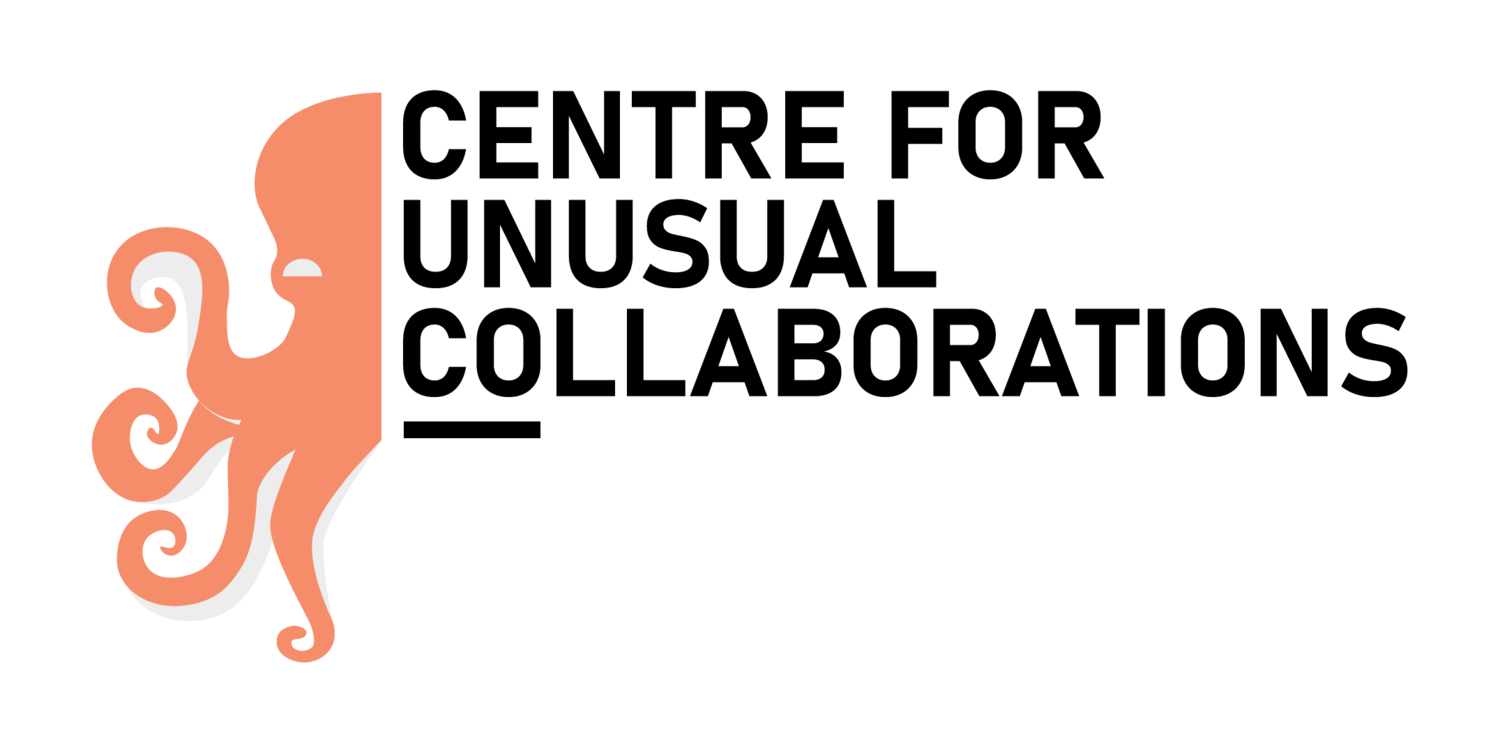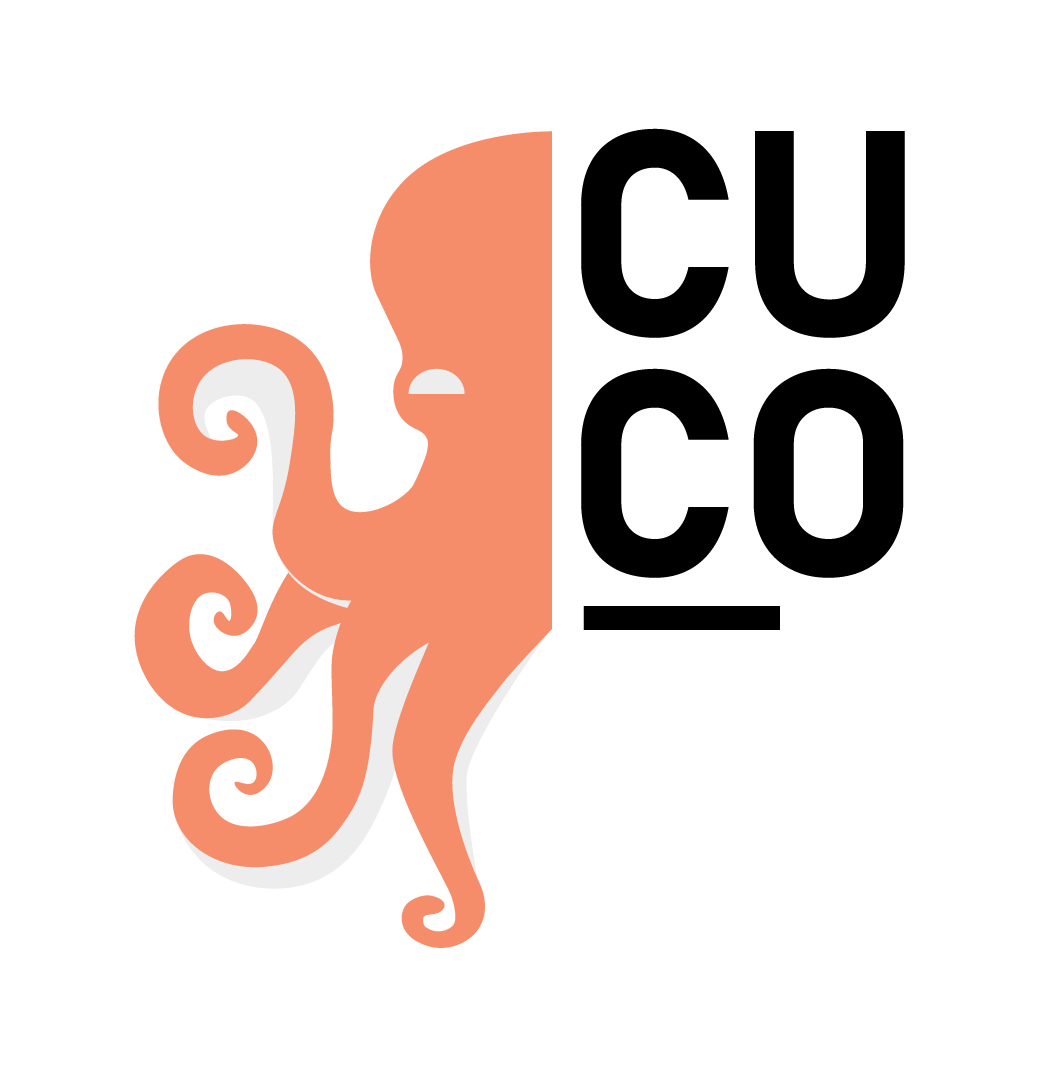Report: Interdisciplinary Chronic Pain Symposium @ Social Impact Factory, Utrecht
Worldwide, including in the Netherlands, there is a lot to gain in the treatment of chronic pain. On 11 January 2024, the Interdisciplinary Chronic Pain Symposium took place at the Social Impact Factory in Utrecht.
There were several inspiring talks by e.g. a psychologist, anesthesiologist, biologist, physiotherapist, artist and of course a patient-expert. It became clear that, although we need pain as a warning system, chronic pain disrupts patients’ professional functioning, finances, social life, emotions etc. Also, talking about pain is often not socially accepted. Hence, pain patients generally resist pain both by not talking about it and by trying to suppress or treat it. This, in turn leads to experiences of loneliness, and also fear.
How much patients often restrict their talk and thinking about pain, became clear from a presentation by artist Nienke Koek. She asked pain patients ‘unusual’ questions like: ‘What color is your pain?’ and ‘Is it in front, behind left or right of you?’ in the waiting room of a pain clinic. Whereas people first struggled not to talk in diagnostic terms and treatment, answering these questions was emotional for many. For once, rather than trying to suppress pain, it could be given a shape. And not only that, it also helped patients to focus on what they wanted to achieve in their doctor’s appointment.
This ‘free talk’ without diagnostic categories also related to the issue of defining pain. One problem with talking about pain is that we can never know exactly what someone else feels. This also makes it very difficult to talk about and define pain. Yet, it does seem possible to discuss what pain means for someone. This also highlights another point namely that ‘one size does not fit all’. Due to the complexity of chronic pain, what works for one patient, may not work for the other. What does seem to work for some, is really simple with no negative side-effects. If the partner strokes the patient twice a day for fifteen minutes on the underarm, this can reduce experiences of pain. Another way can be to do exercises that help patients to gain trust in their bodies again.
The general finding was that there are many professional and academic disciplines and patient associations that try to reduce chronic pain and improve treatment. Yet, communication between these groups can be improved. Another way forward is more actively applying the knowledge that is already available, and train professionals.
In order to facilitate the exchange of ideas, and maintain and expand our collaborations, the Defeating Chronic Pain team can now be found on LinkedIn as: iPOP-NL: interdisciplinair PijnOnderzoek Platform Nederland, which better emphasizes the interdisciplinary nature of our approach. The team is very happy to be contacted by anyone who wants to contribute to better understanding and treatment of chronic pain.
Two artists from Aaaaha! Bureau voor live communicatie - inspireren, activeren en verbinden made a wall-report of the meeting, bringing together all perspectives.
Many thanks to Guusje Jol (Utrecht University) for providing a report of the afternoon.

